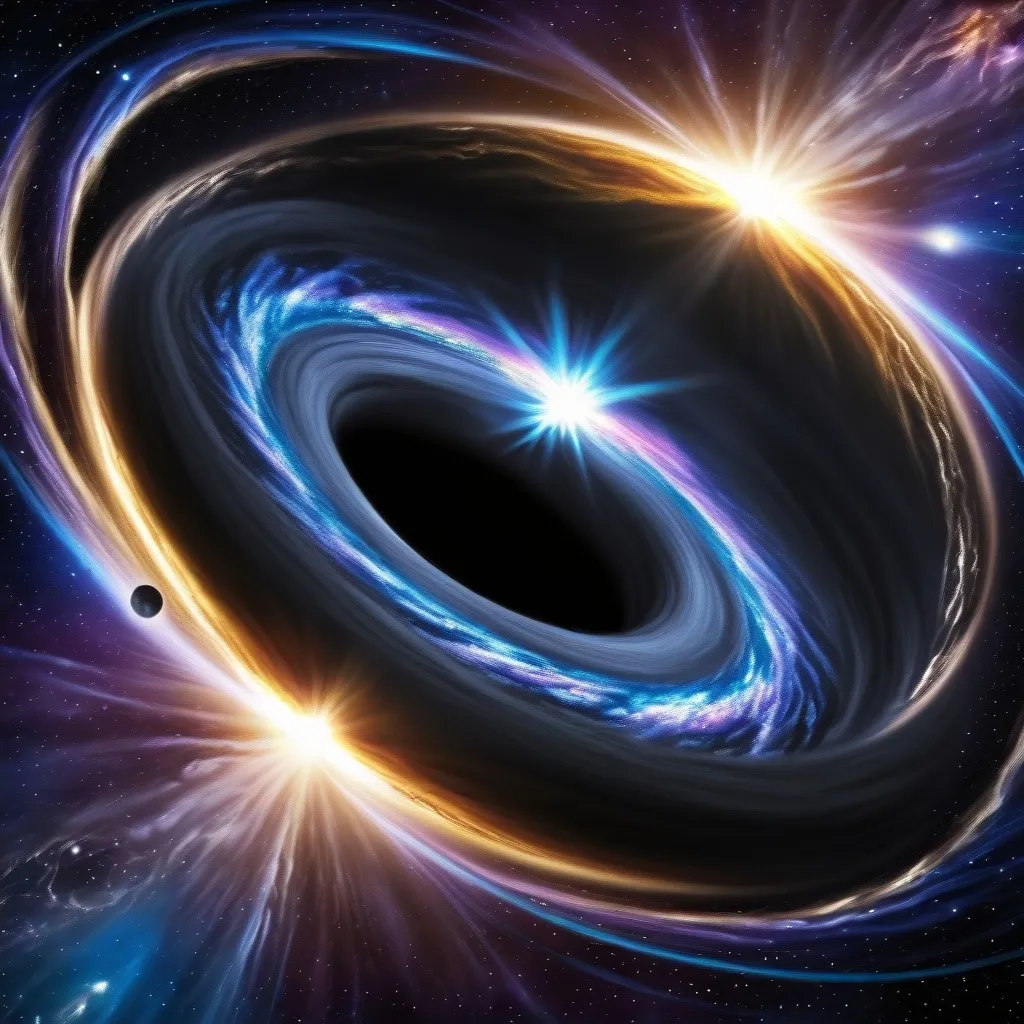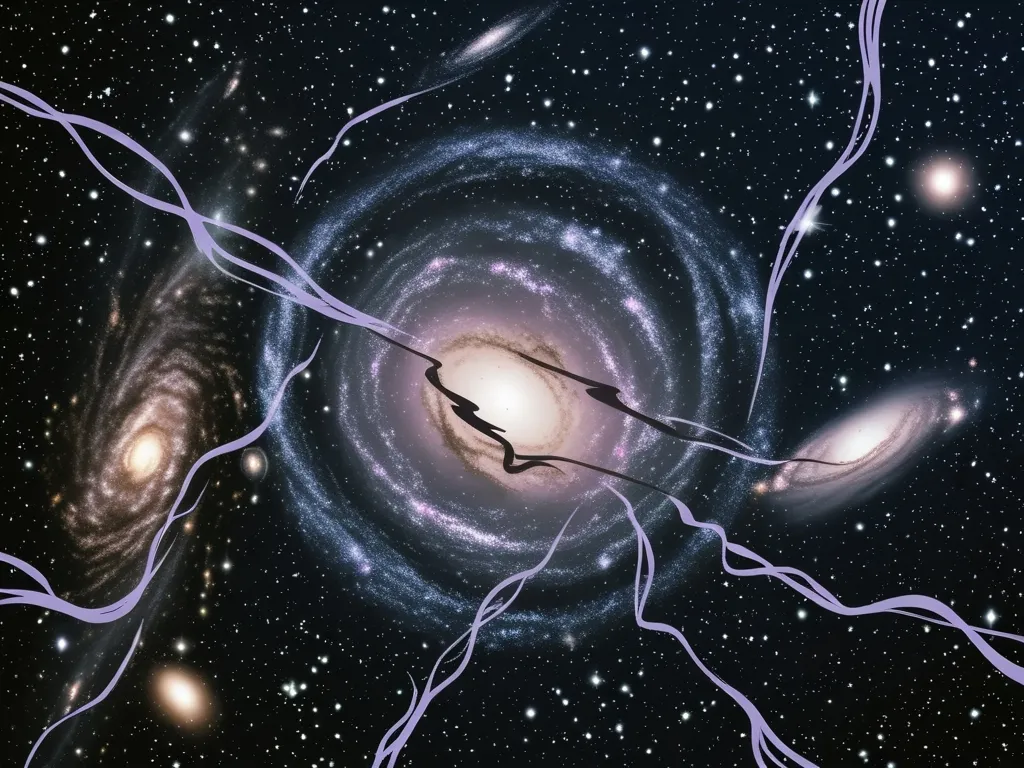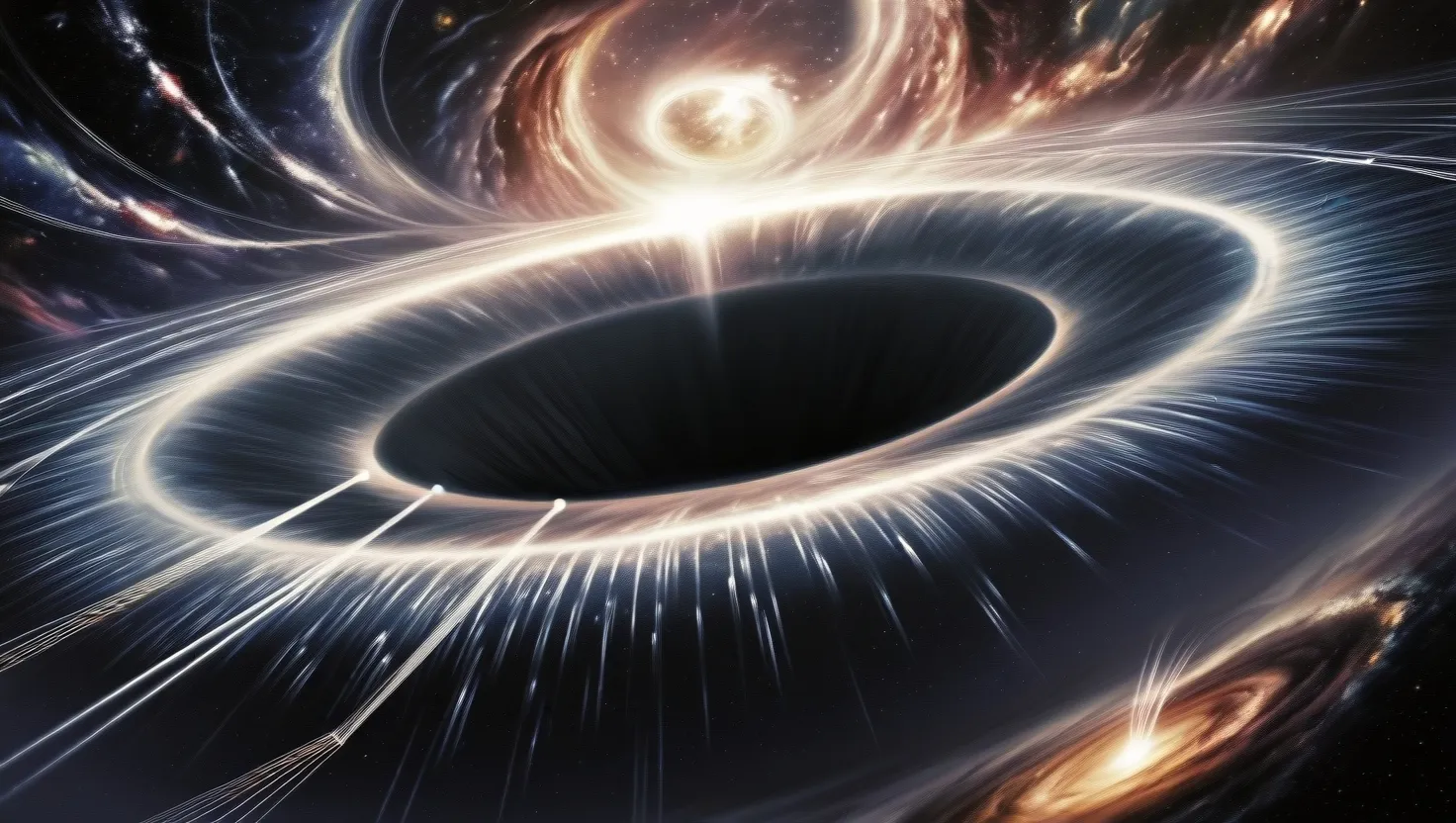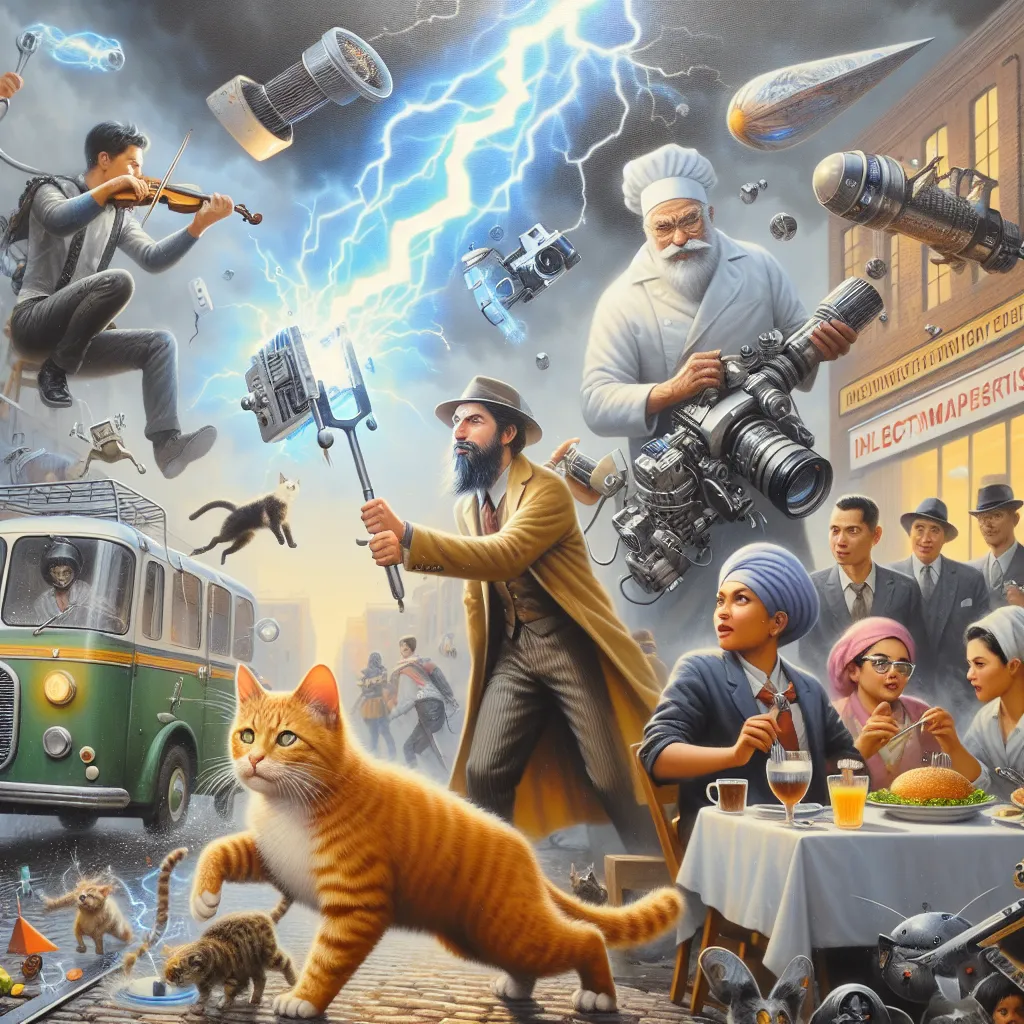Black holes. Just the mention of these enigmatic cosmic entities is enough to spark curiosity and wonder. These mysterious celestial objects not only intrigue scientists but have also captured the imaginations of people all over the world. At their core, black holes are the ultimate space-time twisters, challenging our understanding of physics and reality.
Imagine a star, luminous and powerful, that has shone brightly for millions of years. Eventually, it runs out of fuel, unable to support itself. This isn’t just a slow fade into oblivion; it’s a dramatic collapse under its own gravity, triggering a massive supernova explosion. Now, if this star is large enough, its remnants don’t just scatter into space. Instead, they keep collapsing, compressing into an infinitely dense point known as a singularity. This singularity creates a gravitational pull so strong, even light can’t escape, thus birthing a black hole.
Black holes aren’t just daunting because they suck everything in; they serve as undeniable proof of how gravity can warp spacetime. This concept, pulled straight from Einstein’s bag of mind-bending tricks in his general relativity theory, suggests that massive objects cause the fabric of spacetime to bend. The result? Gravity isn’t just a force; it’s a wave-like curvature that dictates the motion of planets and inevitably, light.
Imagine spacetime as an enormous rubber sheet. Throwing a massive object, like a black hole, onto it would create a deep well, distorting the sheet around it. This distortion creates a boundary called the event horizon. Once an object crosses this mysterious line, escape becomes impossible, sucked into the black hole’s gravitational abyss. Even light, the Usain Bolt of the universe, can’t outrun this attraction once it’s over the edge.
Recent discoveries only amplify our fascination. Scientists have observed phenomena like light stretching and bending due to the intense gravitational forces of black holes, confirming theoretical physics that once only existed on paper. Picture peering at a black hole and seeing light behind it being bent around—a cosmic optical illusion, if you will. It’s not merely about seeing; it’s about understanding gravity at its ginormous scale, a sight affirming the brilliant, perplexing reality of our universe.
Venturing into the black hole—or at least the idea of it—opens Pandora’s box of questions. The singularity challenges everything we know about physics. Here, laws we rely upon turn meaningless. Time gets off course, space becomes un-navigable, and reality as we know it slips out of our grasp. It’s like a kitschy movie where the rules are abandoned and anything is possible—the difference being, this isn’t Hollywood; it’s our universe saying, “I defy you to understand me fully.”
And if that’s not enough, throw in the ergosphere in the mix—the wild ride around a rotating black hole. Here, spacetime isn’t just warped; it’s dragged along like clothes caught in a spin cycle, a phenomenon known as frame-dragging. Imagine being caught near one of these spinning cosmic whirlpools, tugging everything along with it, altering paths of nearby matter and light.
Theoretical whispers suggest black holes might even be portals to other dimensions or universes. The idea of wormholes linking black holes to white holes—a sort of celestial through route—is tantalizingly sci-fi but remains speculative. Still, these ideas push the boundaries of imagination and underscore the vast unknowns surrounding these galactic giants.
Black holes represent a profound exploration of human curiosity. For many, exploring black holes isn’t just about feeding an academic hunger; it’s an existential journey of discovery. Take for instance the story of a child who picked up a book about black holes and was so captivated that it led to a lifelong career in astronomy. It’s these stories of inspiration that speak to the deeply personal connection people have with the cosmos.
The quest for understanding black holes doesn’t stop. Future research promises more mind-blowing revelations. With advanced technology and ambitious missions like Athena, which aims to capture detailed views of black hole coronas, scientists stand on the precipice of uncovering even more about these celestial enigmas. Each discovery is like adding a new piece to the cosmic puzzle, promising answers, and of course, more questions.
Black holes are more than just cosmic vacuums; they’re the universe’s secrets keepers. Their influence on spacetime underlines gravity’s complex might, challenging our understanding of the cosmos. And while science has tugged at some of the veils shrouding black holes, much remains hidden—a challenge inviting further exploration.
As humanity continues to look toward the universe, black holes serve as both the signal and the noise of the mysteries left to unravel. They remind us of our place in the cosmos—a journey of endless curiosity, where learning just begets more learning. Black holes invite us on a galactic road of wonder, where each turn offers insight into not just spacetime, but into the very nature of existence itself, leaving us straining ever forward, one discovery at a time.






